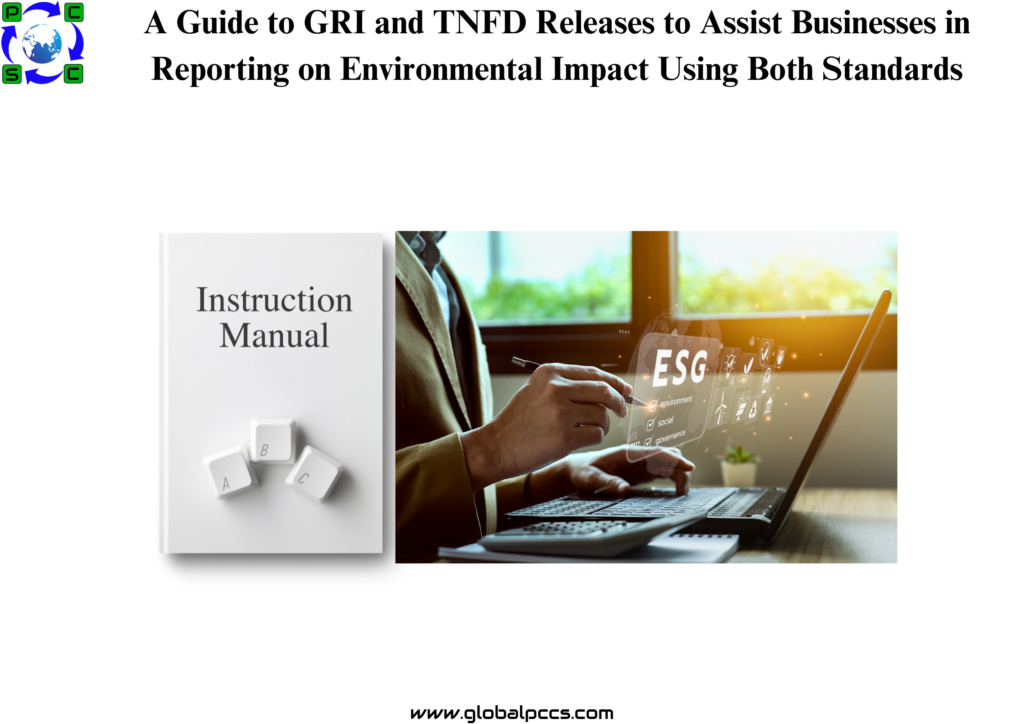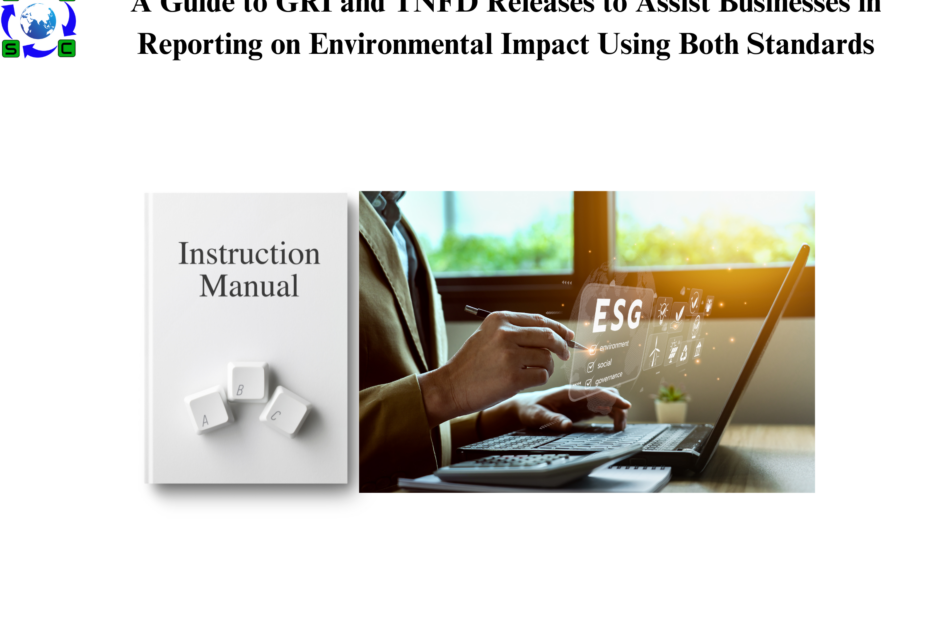 The Taskforce on Nature-related Financial Disclosures (TNFD) and the Global Reporting Initiative (GRI), two of the top organizations advocating for standardized ESG reporting, announced the release of a collaborative interoperability mapping resource. This new manual aims to assist businesses reporting on risks and impacts related to nature and biodiversity by utilizing both the TNFD and GRI Standards recommendations, as well as preventing duplication of information.
The Taskforce on Nature-related Financial Disclosures (TNFD) and the Global Reporting Initiative (GRI), two of the top organizations advocating for standardized ESG reporting, announced the release of a collaborative interoperability mapping resource. This new manual aims to assist businesses reporting on risks and impacts related to nature and biodiversity by utilizing both the TNFD and GRI Standards recommendations, as well as preventing duplication of information.
The resource was published in response to feedback from market players, as stated by the GRI and TNFD. This occurred after both organizations had released new guidelines and recommendations for reporting relating to nature and biodiversity.
The GRI released “GRI 101: Biodiversity 2024,” a substantial update to its Biodiversity Standard, earlier this year with the goal of empowering businesses to openly report on their most important biodiversity effects and the ways in which they are managed.
Building on the achievements of the Task Force on Climate-related Financial Disclosures (TCFD), the TNFD was established in 2021 to assist companies in disclosing and mitigating their risks associated with nature. In September 2023, the organization released its final recommendations for nature-related risk management and disclosure. These recommendations, which were centered around 14 suggested disclosures, were meant to assist businesses and capital providers in making better decisions regarding the risks, opportunities, dependencies, and impacts related to nature and biodiversity.
The organizations stated that they had collaborated over the previous two years in order to generate the new standards and recommendations, and that the newly created mapping document showed a high degree of resource alignment.
The TNFD Recommendations and guidance incorporate the GRI’s materiality approach, which focuses on impacts, and there is strong consistency between the TNFD core global disclosure metrics and the related metrics in the GRI Standards. These are some of the key elements of alignment highlighted by the GRI and TNFD. Furthermore, the TNFD recommendations mirror all of the disclosures made in the GRI biodiversity standard, and the GRI Standards mirror all of the TNFD recommendations—aside from those that are limited to nature-related risk and opportunity identification and evaluation.








 Authorised IMDS & CDX Training & Consulting partner for
Authorised IMDS & CDX Training & Consulting partner for






